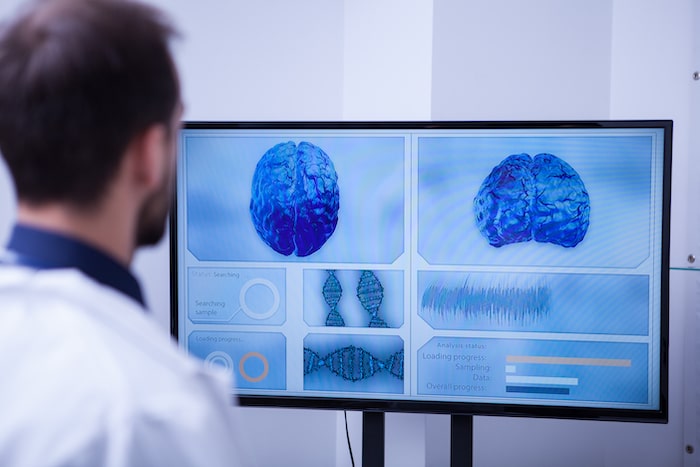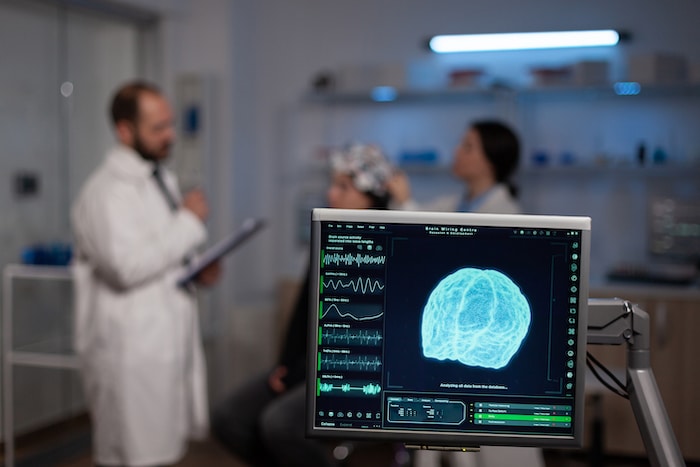4 min read
The Importance of IONM Testing for Surgical Procedures: A Comprehensive Guide
In the world of modern medicine, surgical procedures have become increasingly complex and delicate. With the advancement of technology, surgeons now have access to innovative techniques that can save lives and improve patient outcomes. However, with these advancements comes the need for additional precautions to ensure the safety and success of each procedure. This is where Intraoperative Neuromonitoring (IONM) testing comes into play. IONM testing is a vital tool that allows surgeons to monitor and protect the integrity of the nervous system during surgical procedures. By assessing the function of the nerves in real-time, IONM testing provides invaluable information that aids in preventing potential nerve damage and related complications. In this comprehensive guide, we will delve into the importance of IONM testing, its benefits, and how it is revolutionizing the field of surgery. Whether you are a patient, a healthcare professional, or simply curious about medical advancements, this guide will provide you with the knowledge you need to understand and appreciate the significance of IONM testing in surgical procedures.

What is IONM testing?
IONM testing, also known as intraoperative neurophysiological monitoring, is a technique used during surgical procedures to monitor the function of the nervous system in real-time. It involves the use of various monitoring devices, such as electrodes and sensors, to measure and record electrical signals from the nerves. These signals are then analyzed by trained professionals to assess the integrity and functionality of the nervous system.
The main goal of IONM testing is to identify any potential nerve damage or dysfunction during the surgery. By continuously monitoring the nerves, surgeons can make immediate adjustments or take necessary interventions to prevent or minimize the risk of complications. IONM testing can be used in a wide range of surgical procedures, including spine surgeries, brain surgeries, and even procedures involving the peripheral nerves.
IONM testing has gained significant popularity in recent years due to its ability to provide real-time feedback on the condition of the nerves. This allows surgeons to make informed decisions during the surgery and improve patient outcomes.
The role of IONM testing in surgical procedures
IONM testing plays a crucial role in enhancing the safety and success of surgical procedures. By providing real-time feedback on the function of the nervous system, IONM testing helps surgeons to:
- Identify potential nerve damage: During a surgical procedure, there is always a risk of nerve damage, especially in surgeries involving delicate structures like the spine or brain. IONM testing allows surgeons to identify any potential nerve damage early on, enabling them to take immediate action to prevent further complications.
- Monitor nerve function: IONM testing provides continuous monitoring of the nerves throughout the surgery. This allows surgeons to assess the function of the nerves in real-time and make necessary adjustments to ensure their integrity. By monitoring the nerve function, IONM testing helps prevent post-operative complications, such as paralysis or loss of sensation.
- Guide surgical decision-making: Intraoperative Neuromonitoring provides surgeons with valuable information that guides their decision-making during the surgery. By monitoring the electrical signals from the nerves, IONM testing helps surgeons determine the optimal course of action, such as adjusting the surgical technique or repositioning the patient, to minimize the risk of nerve damage.
The use of IONM testing has become standard practice in many surgical specialties, particularly in procedures where nerve preservation is critical. It has revolutionized the way surgeons approach complex surgeries and has significantly improved patient outcomes.
Benefits of IONM testing
The benefits of IONM testing in surgical procedures are manifold. Here are some of the key advantages:
- Enhanced patient safety: IONM testing helps ensure the safety of patients during surgical procedures by providing real-time feedback on the condition of the nerves. This allows surgeons to take immediate action if any nerve damage is detected, minimizing the risk of complications and improving patient safety.
- Improved surgical outcomes: By enabling surgeons to monitor and protect the integrity of the nervous system, IONM testing helps improve surgical outcomes. It reduces the risk of post-operative complications, such as nerve damage or loss of function, leading to better long-term results for patients.
- Reduced healthcare costs: While IONM testing may add an additional cost to the surgical procedure, it can ultimately help reduce healthcare costs in the long run. By preventing potential complications, IONM testing minimizes the need for additional surgeries or prolonged hospital stays, resulting in cost savings for patients and healthcare systems.
- Increased surgeon confidence: IONM testing provides surgeons with valuable real-time information about the condition of the nerves. This enhances their confidence during the surgery and allows them to perform complex procedures with greater precision and accuracy.
Overall, IONM testing is a game-changer in the field of surgery, offering numerous benefits that contribute to improved patient outcomes and enhanced surgical practices.

How does IONM testing work?
IONM testing involves the use of various monitoring devices and techniques to assess the function of the nerves during surgical procedures. Here is a simplified overview of how IONM testing works:
- Electrode placement: Prior to the surgery, electrodes or sensors are strategically placed on the patient’s body to monitor the electrical signals from the nerves. The placement of these electrodes depends on the specific surgical procedure being performed.
- Signal acquisition: During the surgery, the electrodes or sensors pick up the electrical signals generated by the nerves. These signals are then amplified and recorded by specialized equipment.
- Real-time monitoring: The recorded signals are continuously monitored by trained professionals, such as neurophysiologists or technicians, who analyze the data in real-time. They look for any changes or abnormalities in the signals that may indicate potential nerve damage.
- Communication with the surgical team: The neurophysiologists or technicians communicate the findings to the surgical team, providing real-time feedback on the condition of the nerves. This allows the surgical team to make immediate adjustments or take necessary interventions to protect the nerves.
- Documentation and post-operative analysis: The data recorded during the surgery is often documented for further analysis and review. This helps in evaluating the effectiveness of the IONM testing and allows for continuous improvement in surgical practices.
IONM testing relies on a combination of electrical and neurophysiological principles to provide real-time feedback on the function of the nerves. It requires skilled professionals who are trained in interpreting the electrical signals and communicating with the surgical team.
Case studies and success stories of IONM testing
Real-life case studies and success stories demonstrate the practical applications and impact of IONM testing in surgical procedures. Here are a few examples:
- Spine surgery: A patient undergoing spinal fusion surgery had IONM testing performed to monitor the function of the spinal cord and nerves. During the procedure, the IONM testing detected a change in the electrical signals, indicating potential nerve compression. The surgical team made immediate adjustments, resulting in the prevention of permanent nerve damage and a successful outcome for the patient.
- Brain surgery: In a complex brain surgery involving the removal of a tumor near critical areas of the brain, IONM testing was used to monitor the function of the surrounding nerves. The real-time feedback provided by IONM testing guided the surgical team in preserving the critical functions and minimizing the risk of post-operative complications.
- Peripheral nerve surgery: A patient undergoing carpal tunnel release surgery had IONM testing performed to assess the integrity of the median nerve. The testing revealed abnormal signals, indicating potential nerve entrapment. The surgical technique was adjusted accordingly, resulting in a successful surgery and improved functional outcomes for the patient.
These case studies highlight the significant impact of IONM testing in preventing complications, guiding surgical decision-making, and improving patient outcomes. They serve as real-world examples of how IONM testing is revolutionizing the field.
